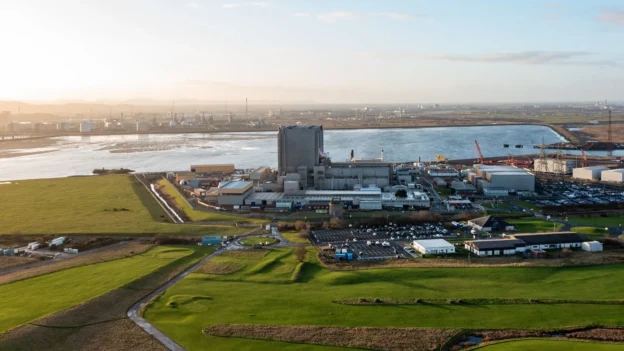Operator EDF and energy and utilities company Centrica confirmed that the Heysham 1 and Hartlepool nuclear power plants will remain operational until March 2028 (one year longer than planned). This decision, prompted by favorable results in the safety inspections of the safety inspections carried out during 2025, responds to the objective of strengthening the UK’s energy autonomy.
Heysham 1 and Hartlepool nuclear power plant operations
The two plants, located in Lancashire and Teesside, use advanced gas-cooled reactors (AGRs), a key technology for providing low-carbon power. carbon emissions..
This extension will allow more than four million households to be fed for an additional year, reducing the need for imported natural gas and reinforcing the stability of the national electricity system.
Technical evaluation and safety as fundamentals
According to EDF, the decision was made after rigorous inspections of the graphite core at both facilities. The company’s board of licensees approved the extension on September 1, 2025, based on technical and commercial criteria, without direct intervention from the UK regulator.
Dr. Mark Hartley, EDF’s general manager of nuclear operations, said that keeping these facilities active makes sense both for the power grid and for the more than 1,000 workers associated with them.
In addition to guaranteeing supply, the operational extension of Heysham 1 and Hartlepool sustains the employment of more than 1,000 people. These plants contribute to 14% of the country’s electricity demand and are essential parts of the UK’s strategy to achieve net zero emissions.
EDF also noted that it will continue to periodically assess the technical and commercial viability of its remaining AGR plants. Heysham 2 and Torness had already received an earlier extension and are scheduled to operate until 2030.
For its part, Centrica, which holds a 20% stake in these facilities, valued the extension as an essential step to strengthen national energy security. From its perspective, extending the useful life of the plants allows maintaining a stable base of carbon-free generation, reducing dependence on imported gas and sustaining a critical infrastructure for the country.

